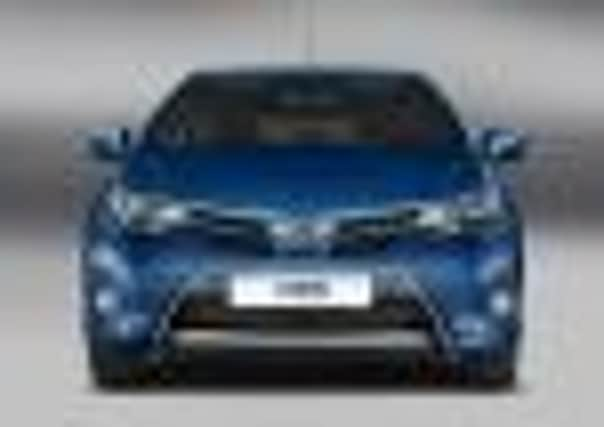Seconds out


Toyota might well hold their hands up and admit that driving dynamics weren’t really a key priority of the old Auris model and while this generation is unlikely to grace the cover of the enthusiast press, the company has done a great deal to improve the way the car drives - not always in the most obvious ways. Ask most experts how the original Auris’ driving manners could be improved and they’d say that the car needed to be sharpened up, but in fact Toyota has done the opposite. Or so it would seem.
The suspension has actually been softened, but that’s only because the chassis is now so much stiffer and the suspension components so much lighter that, in theory, you’ll get the best of both worlds - a better ride and improved handling too. Improvements have also been made to the electric power steering to give it a bit more feel and greater responsiveness, so producing a set-up that most should agree is quicker and more direct, making the Auris a good deal more agile.
Advertisement
Hide AdAdvertisement
Hide AdExtensive advances in refinement mean that this MK2 model is not only more comfortable, but also noticeably quieter. Extensive soundproofing in the engine bay, front wheel arches and dashboard has reduced engine and road noise intrusion in the cabin. The engine range comprises 98bhp 1.33-litre and 130bhp 1.6 petrol engines, an 89bhp 1.4 diesel and a 134bhp 1.8-litre petrol electric hybrid. The 1.6 petrol is available with a Multidrive CVT gearbox as an option.
Although it looks a much bigger car, the overall length of this MK2 Auris has only grown by 30mm and the wheelbase remains the same at 2,600mm. To those who appreciate a little symmetry, both front and rear overhangs have been extended by 15mm.
The overall height has been lowered by 55mm (45mm in the cabin and 10mm in the ride height), making the Auris one of the lowest cars in its segment. Together, these changes yield considerable aerodynamic benefits, contributing to better fuel efficiency and driving dynamics.
This was always a car you bought with your head rather than your heart. Has much changed with it in second generation form?
Advertisement
Hide AdAdvertisement
Hide AdWell, it certainly looks a good deal sassier than its forebear, but overall, the head stuff still rules. Employ the old grey matter and the Auris starts doing a surprising number on any number of established big hitters in the family hatch class.